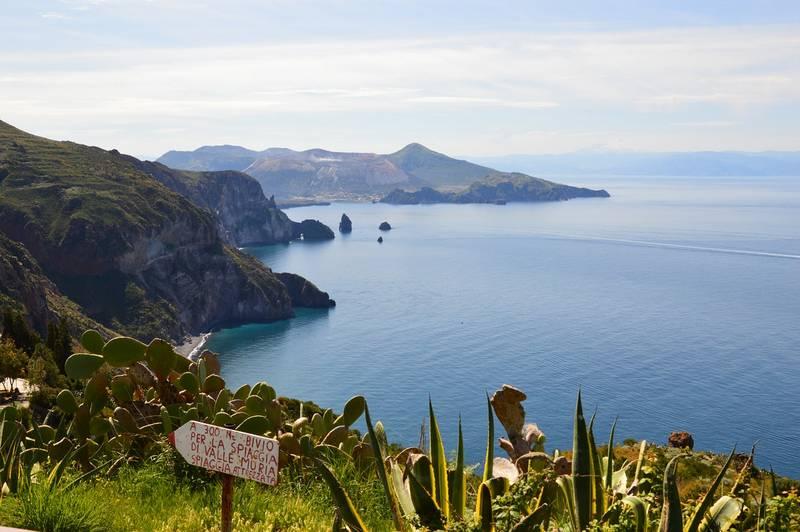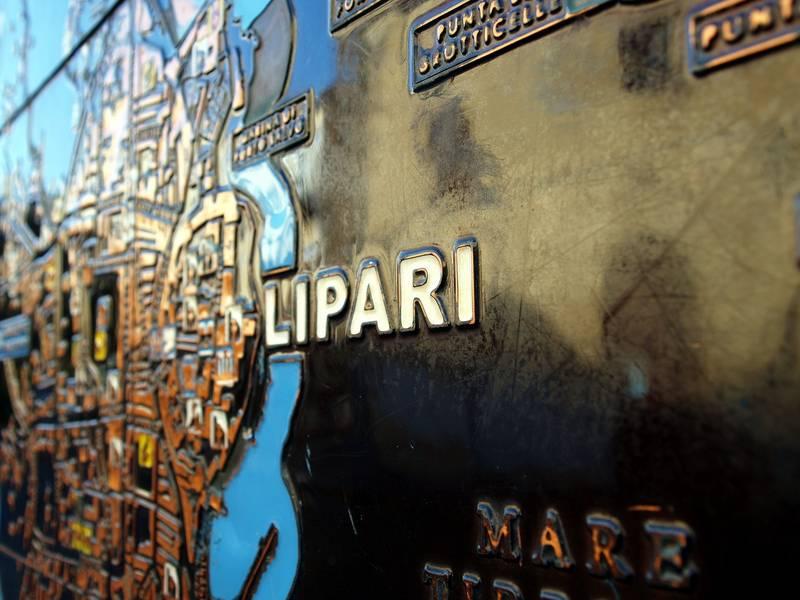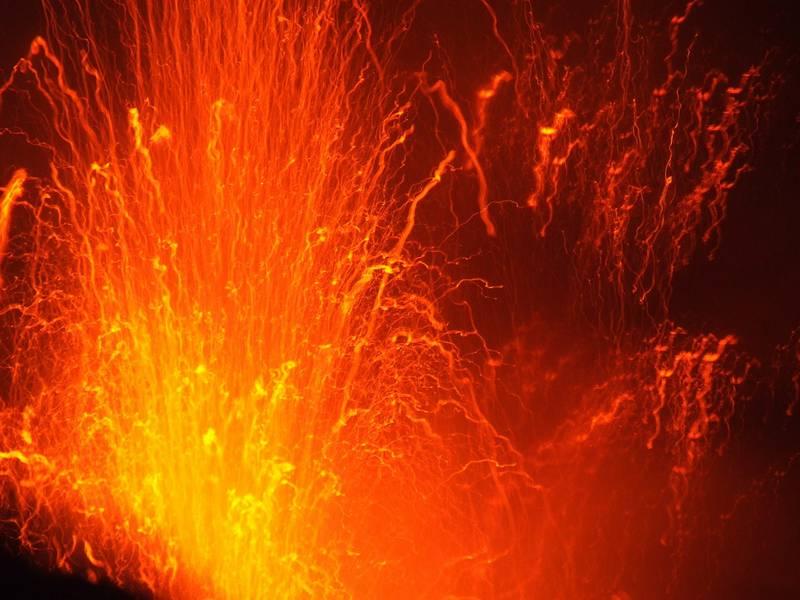Spring time is in full swing for the northern hemisphere, and with summer fast approaching, it’s time to look forward to some wonderfully exotic and idyllic destinations. Today’s destinations are off the southwestern coast of Italy: specifically, the Aeolian Islands. While it can get very busy during July and August, go before or after those months to beat the majority of the crowds.
Designated a UNESCO World Heritage Site in 2000, Isole Eolie has made the days of vulcanologists (that’s the study of volcanoes, not Spock) for centuries. It’s not as off-the-beaten-path as other destination on this blog, but quite a bit outside the touristy areas remains unspoiled.
You’ll need to catch one of the ferries to the Aeolian Islands, from the mainland town of Milazzo, though boats also go from Palermo, Messina and Naples. This is basically the only way to arrive.
That there are seven inhabited islands means it’s time to get specific. Presented in alphabetical order:
- Alicudi is the second smallest, the most remote / furthest west, and is about as far as you get from civilization in the Aeolian Islands. Get around on foot or rely on the hotel for transportation.
- Filicudi is the larger of the western pair of islands, and yet has only a few small villages with pebble beaches. Get around on foot or rely on the hotel for transportation.
- Lipari is the biggest and most important island of the group, and the island and city share the name. It’s very close to Vulcano, and you can get around the island by bus. Come here for the pumice quarry or for the miniature Greek theatrical masks.in the archaeological museum.
- Panarea is the smallest of the seven islands and primarily for the jet-setting crowd. Outside the busy summer months it’s very low-key. Get around on foot, as there are no roads.
- Salina is in the middle of the pack as development goes – more greenery here than anywhere else, and the island known for its wine… Get around by bus.
- Stromboli is the furthest north, and is the most continuously active volcano in Europe. Take a trip out there at night to see the fiery magma spewing, or see if climbing the volcano is possible (it isn’t always). Get around on foot, as there are no roads.
- Vulcano is famous for its mud baths and one of the most touristy. It’s also the first stop from the ferries. I’d personally shy away from it because of that, but also because of the sulfurous smell coming from the island’s hot spring. This island is the reasons volcanoes have their name, so come anyway because it’s the OG. Get around by bus.
OK, so you’re mainly coming here because it’s exotic and beautiful, or possibly because you want to take advantage of what volcanoes offer the world: hot springs and crazy views of the earth spitting fire. That each of these brings forth a unique offering that isn’t copied or seen on the other island is awesome, and it’s only really in the summer months that gets crowded.
Like this post? Like the Facebook page!



